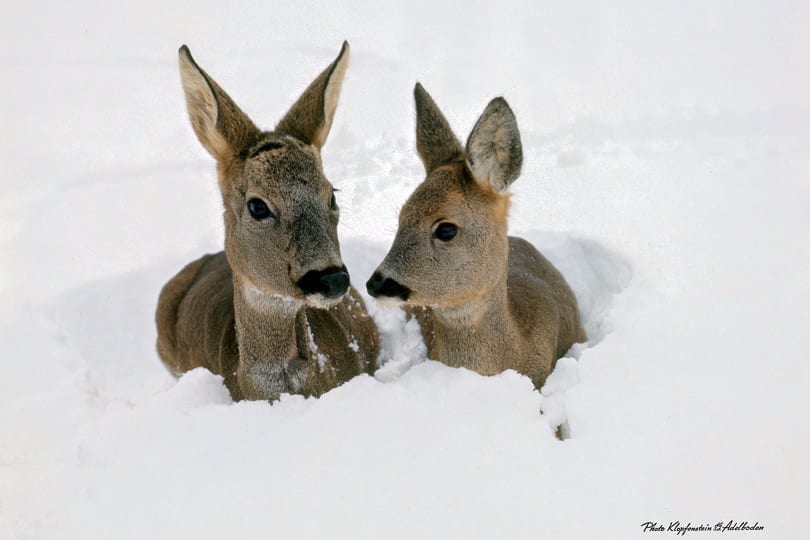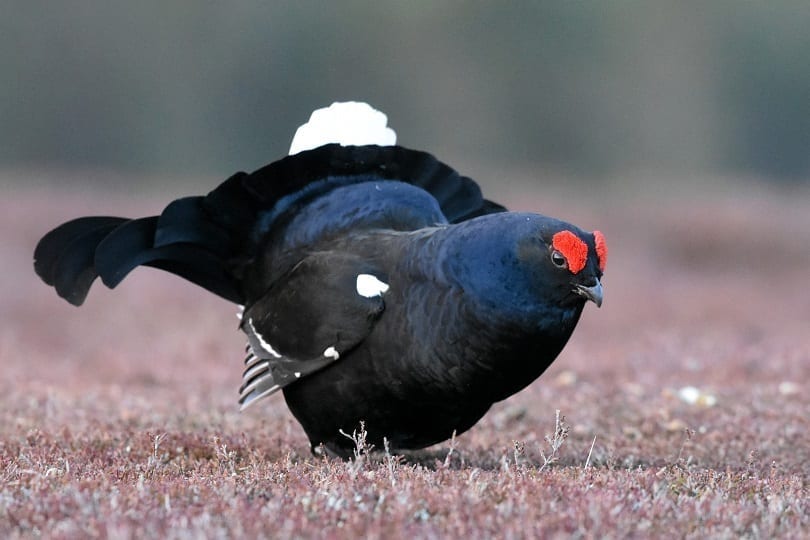VogellisiBerg. Excursion destination for guests, recreation area for locals, paradise for bikers and hikers. But the VogellisiBerg is also the habitat of native animals. In a loose series we will tell you which feathered and four-legged friends are at home with us.

Wildlife in winter at VogellisiBerg
Rules to protect our wildlife:
(See respecting wildlife)
- Snow sports with consideration: Respect your limits.
- Pay attention to the game rest areas and game reserves. These are well marked at VogellisiBerg.
- If you stay on the paths in the forest, wild animals can get used to people.
- Avoid forest edges and snow-free areas. They belong to the wild animals, at your favourite places we don’t want to disturb them!
- Always keep dogs on a leash, wild animals need a lot of energy when they have to flee from dogs.
Rock ptarmigan
The rock ptarmigan loves open areas above the tree line and can also live at an altitude of 3600 metres above sea level. The rock ptarmigan is much smaller than the black grouse and weighs just 400 to 600 grams. The ptarmigan does not lay down any fat reserves even in winter and is mainly on the move during the early morning and evening hours.
Chamois
There are about 95,000 chamois in Switzerland. They live mainly in the high mountains between 1000 and 2500 metres above sea level. They feel most at home on steep slopes around the timberline. They often move to lower altitudes to search for food when the snow line drops. Chamois are mainly active during the day.
Deer
If you want to see deer in the wild, you need some patience. The animals are mainly active at dusk and at night. At dusk, therefore, the chances of success are greatest: simply position yourself at the edge of the forest, keep quiet and wait. The attentive observer will also find deer tracks, such as hoof prints (approx. 3cm in size). The roe deer lives mainly in the forest and at the edge of the forest. In winter, its fur turns grey-brown.
Black grouse
The black grouse loves loose woods and heaths. It lives mainly on the edge of the forest and burrows into protective snow caves. The hens are mainly active during twilight. The 35 to 40 centimetre high animals lay down very little fat for the winter.




